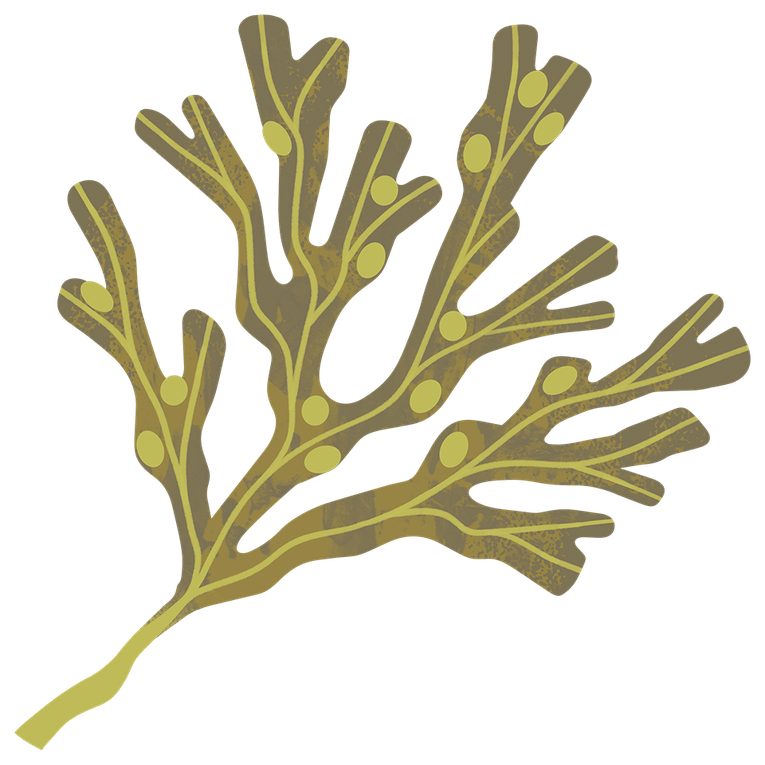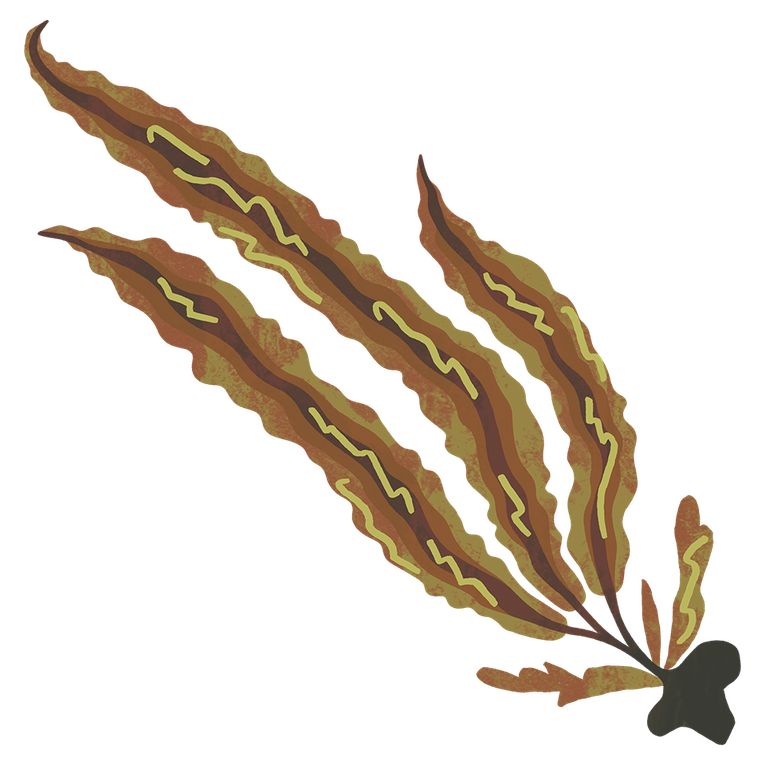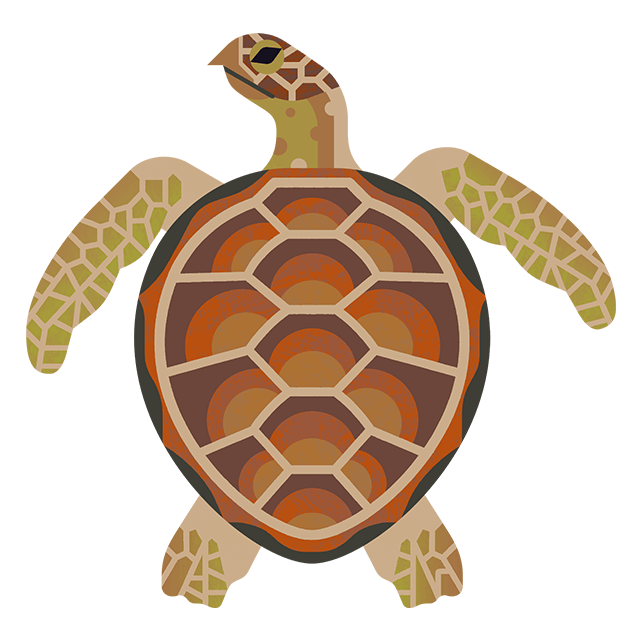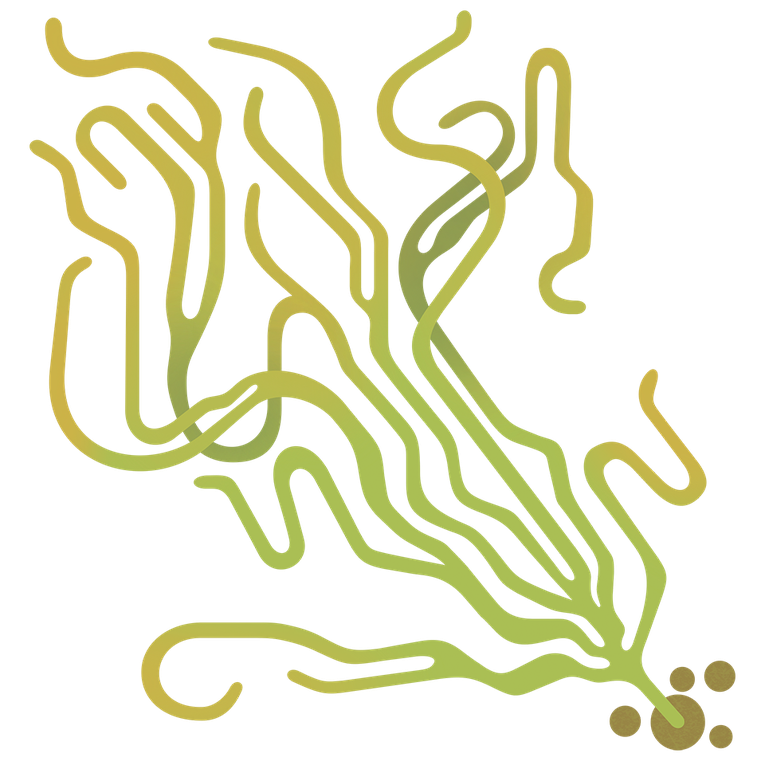
The Big Seaweed Search
The Big Seaweed Search is a joint project between the Marine Conservation Society and the Natural History Museum. The Big Seaweed Search asks volunteers to identify, photograph and record 14 key species of seaweed that can be found around the UK coastline.
Why record seaweed?
Did you know? The UK coastline is home to an amazing variety of seaweeds. 650 different species live and grow around the UK!
It may be a bit slippery and slimy, but seaweed is a real ocean superhero. Studying seaweeds can tell us a lot about wider ocean and environmental conditions. By taking part in the Big Seaweed Search, you’ll be helping to gather vital evidence that can be used to map and document any changes to our coastal environments.
How to take part in the Big Seaweed Search
Whether you live by the sea or only visit every now and again, you can get involved in the Big Seaweed Search! It’s free, fun, and suitable for everyone – you don’t need to be a scientist to get involved.
Steps to become a seaweed citizen scientist
Using the Big Seaweed Search data
Hundreds of volunteers have submitted data which shows how the distribution of seaweeds around the UK is changing. This information helps us to take action to protect our coastlines, seaweeds, and all the amazing wildlife that depend on them.
The Big Seaweed Search tracks and records these changes around the coast each year, so we can understand the impact of environmental change on our seas. This information supports real scientific research, which we can use to protect our ocean, and seaweeds, for the future.
Every year we share your findings, including our favourite pictures, interesting finds, and what we've done with the data.
Check out the 2024-2025 report below!
Seaweed science
In 2022, our seaweed scientists released a scientific paper evaluating the citizen science project and 4 years of seaweed data, to highlight any findings and areas of development for the project.
The Big Seaweed team
Professor Juliet Brodie

This project is funded by the Government's Green Recovery Challenge Fund. The fund was developed by Defra and its Arm's-Length Bodies. It is being delivered by The National Lottery Heritage Fund in partnership with Natural England, the Environment Agency and Forestry Commission.







